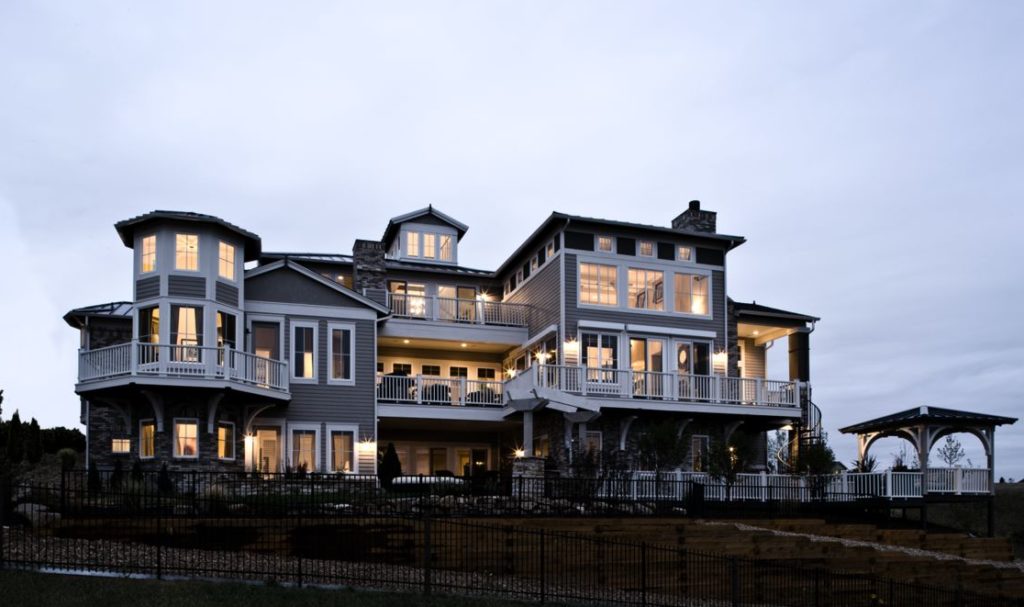New Windows: Retrofit or Replace?

When installing new windows, one of the big questions is whether to retrofit or replace. Photo: B & L Glass ©2018
Guest post by Gregg Campbell of B & L Glass
When replacing your home’s windows, you’ll need to make a lot of decisions, from which manufacturer you’ll purchase from to which installer you’ll hire. However, one of the biggest decisions with any window installation is whether to replace the old windows entirely or have the new ones retrofitted into the existing frames.
When a home’s windows are originally installed, they’re put in before the exterior siding, which, when installed later, partially overlaps the windows’ frames. For this reason, in order to replace windows in their entirety, the overlapping sections of siding have to be cut away. This is no problem for wood-sided houses, thanks to the effects of window trim, which hides the damage done to the siding and makes the new windows appear original. However, if you live in a brick or stucco house, this isn’t so simple: since there’s no trim, there’s nothing to conceal the damage caused from cutting out the windows. With stucco in particular, even if you re-patch the removed sections, they’re not going to match the old. The only remedy is to repaint your entire house, which makes for an expensive window replacement.
In such cases, retrofitting can be a beneficial alternative. Rather than removing the windows frame and all, the existing frames are gutted and the new windows are placed inside. To prevent water intrusion, the new windows are sealed to the home exterior with a flush mount following installation.
On the interior of a retrofitted window, there will typically be a 3/4-inch gap between the new window and the sheetrock where the old window was. This is remedied by installing a flat piece of vinyl to cover the gap. It’s a simple fix, but it poses an aesthetic disadvantage by making the window frames appear abnormally thick, which makes it obvious the windows aren’t original to the home.
While retrofit windows cost a little more due to the additional pieces needed, retrofitting is less expensive overall than a total replacement because it requires less labor. Ultimately, you’ll have to decide what your priorities are for your window replacement project. If it’s saving money, retrofitting may be a good choice, especially if you have a brick or stucco house and don’t want to pay for additional measures like repainting. However, if you have a wood-sided house and want your windows to look original, a full replacement might be a better option.
Use Diamond Certified Resource to find top rated companies.
Local, Top Rated Diamond Certified Companies Related to Your Topic
Santa Clara County Window Companies
Sonoma County Window Companies
Contra Costa County Window Companies
San Francisco Window Companies
Napa County Window Companies
Related Articles
The Homeowner's Guide to Windows, Coverings & Doors
Get Expert Advice From Owners of Top Rated Local Companies
Become a Diamond Certified Preferred Member (Always Free)